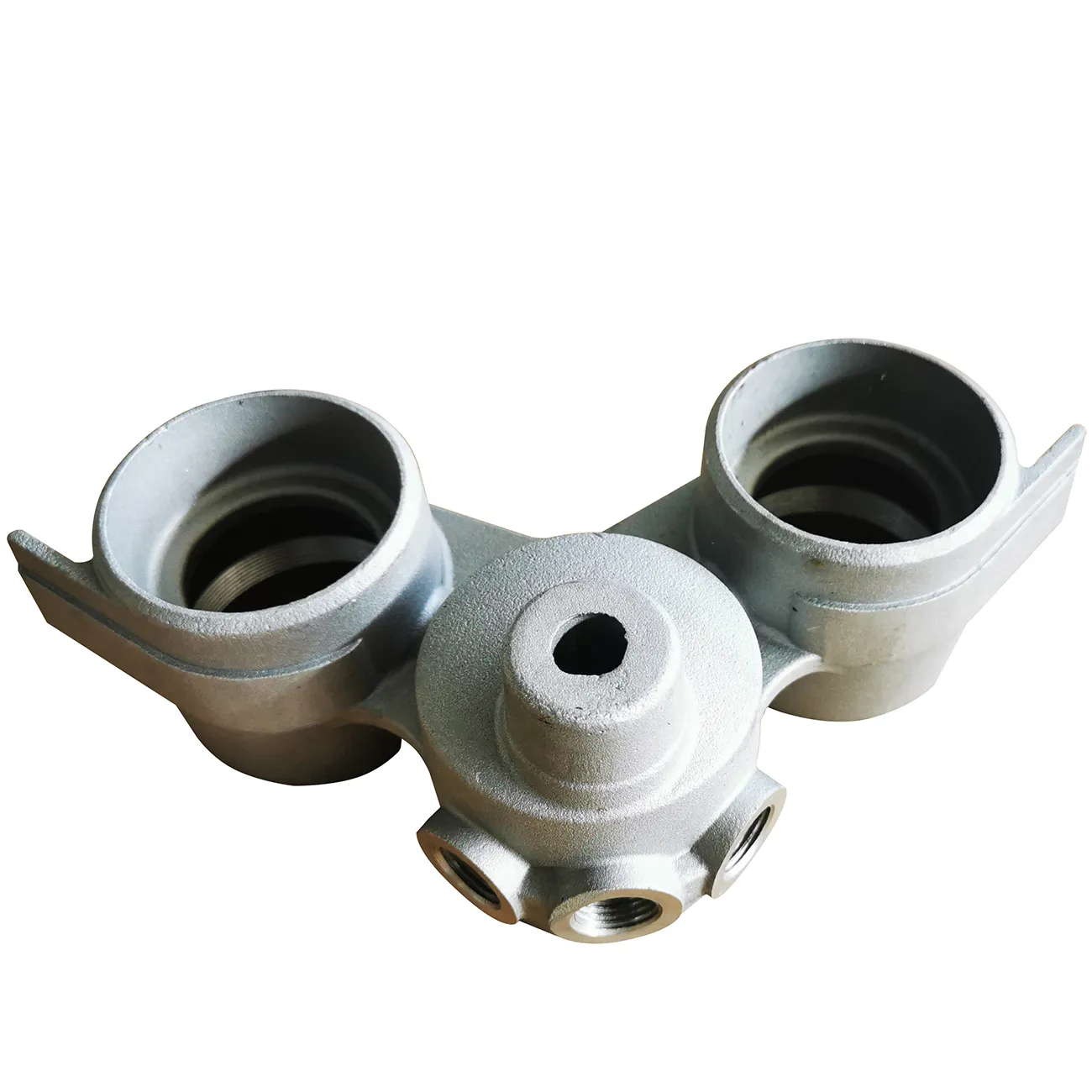Mobile:+86-311-808-126-83
Email:info@ydcastings.com
aluminum casting price
Understanding Aluminum Casting Prices Factors and Trends
Aluminum casting plays a vital role in various industries, from automotive to aerospace, due to its lightweight and corrosion-resistant properties. As demand for aluminum parts increases, understanding the factors that influence aluminum casting prices becomes essential for manufacturers and consumers alike. This article delves into the main contributors to aluminum casting costs and examines current market trends.
1. Raw Material Prices
The primary factor influencing aluminum casting prices is the cost of raw materials. Aluminum is primarily derived from bauxite, a mineral that undergoes extensive processing to produce alumina, which is then smelted into aluminum. Fluctuations in global bauxite and aluminum prices, driven by supply-demand dynamics, geopolitical factors, and mining regulations, can significantly impact casting costs. For instance, an increase in global aluminum prices generally leads to higher overall casting costs, affecting pricing strategies across various sectors.
The method used for aluminum casting greatly influences production efficiency and costs. Common methods include sand casting, die casting, and investment casting, each with its own advantages and cost structures. For example, die casting, known for its high production rates and superior dimensional accuracy, can often justify its higher initial setup costs through economies of scale, making it a popular choice for high-volume production runs. Conversely, sand casting is more economical for low-volume or specialized applications, though it may yield less precise parts.
3. Complexity of Design
The complexity of the component being cast is another crucial factor in determining costs. Intricate designs requiring detailed features, undercuts, or thin walls necessitate advanced tooling and more meticulous handling during the casting process. This complexity can lead to increased labor costs and longer production times, which are subsequently passed on to the customer. Therefore, manufacturers must carefully evaluate the design for manufacturability to optimize costs without compromising quality.
aluminum casting price

4. Finishing and Secondary Operations
Aluminum castings often require additional finishing processes, such as machining, surface treatment, or painting, to meet specific engineering and aesthetic criteria. These secondary operations add to the overall cost of the casting. For example, if a casting requires machining to achieve precise tolerances, manufacturers must account for the corresponding man-hours and tooling expenses. As such, end-users should consider the total cost of ownership when evaluating aluminum castings, including all necessary finishing processes.
5. Labor Costs
Labor costs vary significantly across regions and play a pivotal role in the pricing of aluminum castings. Regions with high labor costs may see increased casting prices, whereas manufacturers in regions with lower wages can offer more competitive rates. However, it’s important to balance cost with quality, as cheaper labor may lead to lapses in craftsmanship, ultimately affecting the reliability and performance of the final product.
6. Market Trends and Demand
The aluminum casting market is influenced by trends in various industries. For example, the surge in electric vehicle production has increased demand for lightweight aluminum components that improve energy efficiency. As industries evolve, fluctuations in demand can lead to shifts in pricing. Additionally, economic conditions and trade policies, such as tariffs on aluminum imports, can compound pricing pressures, necessitating ongoing market analysis by stakeholders.
Conclusion
Aluminum casting prices are influenced by a multifaceted array of factors, including raw material costs, casting methods, design complexity, labor costs, and market demand. As industries continue to innovate and seek sustainable solutions, understanding these dynamics is critical for manufacturers and buyers alike. By staying informed on trends and costs, stakeholders can make better-informed decisions, ensuring efficiency and competitiveness in an ever-changing marketplace. As we look to the future, the aluminum casting industry is poised for growth, and savvy participants will be those who can navigate the complexities of pricing and production effectively.
-
Valve Body Acts as the “Heart” of Flow ControlNewsMay.19,2025
-
Understanding the Importance of ImpellersNewsMay.19,2025
-
Importance of Automobile Water PumpsNewsMay.19,2025
-
How an Engine Oil Pan Works to Keep Your Car LubricatedNewsMay.19,2025
-
Common Materials Used in Pump Impeller ManufacturingNewsMay.19,2025
-
Ball Valve Casting in Modern Pipeline SystemsNewsMay.19,2025











